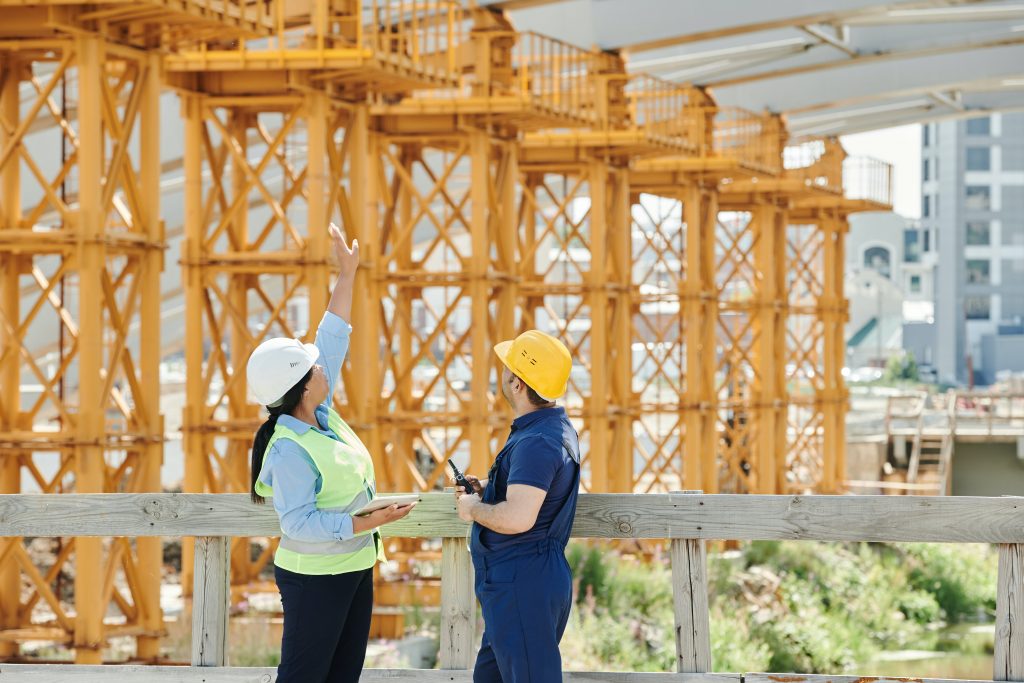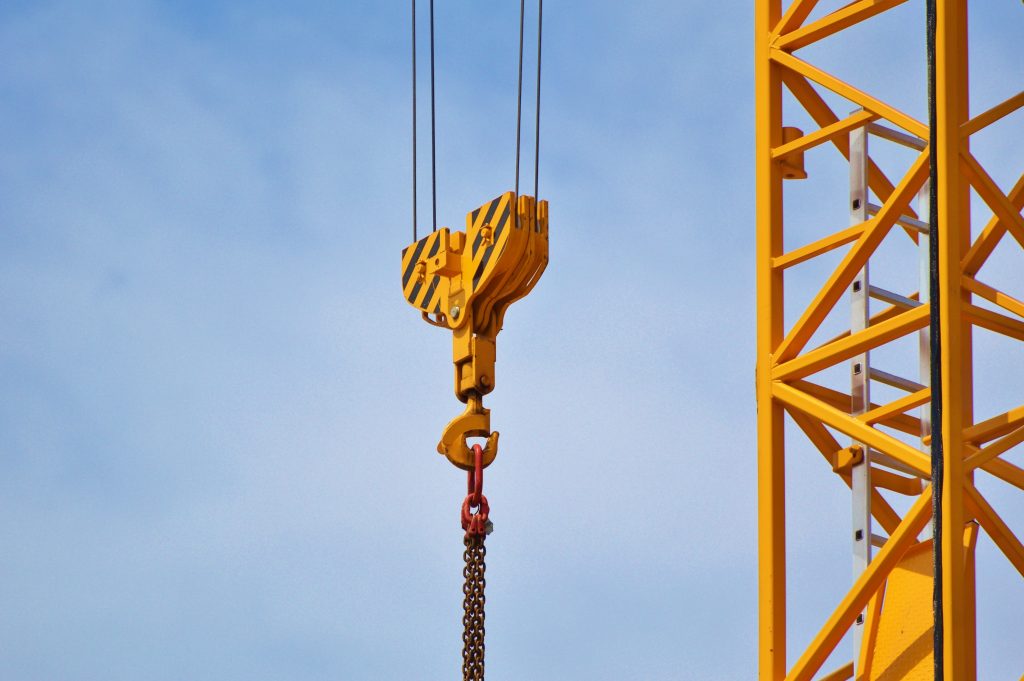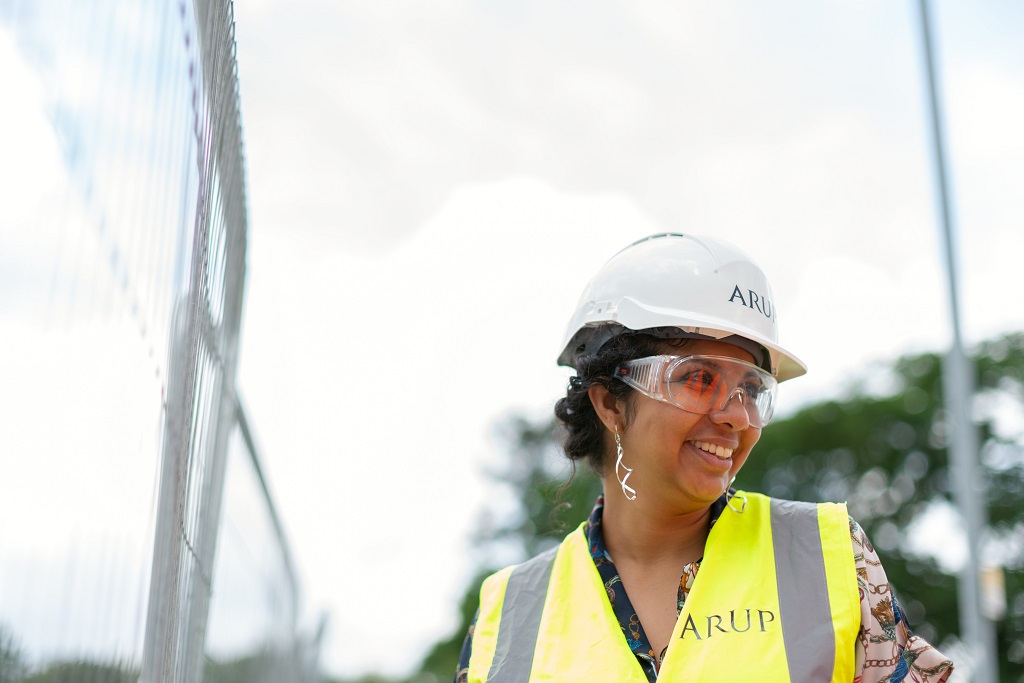- Construction safety is critical and can be enhanced through Personal Protective Equipment (PPE) and safety machinery.
- Pneumatic hoists, electric hoists, and fall arrest systems are key safety machinery components in construction.
- An Emergency Plan Response (EPR) is crucial for managing onsite incidents and reducing their severity.
- Prioritizing safety boosts worker morale and productivity and sets a positive example for other industries.
The construction industry is inherently fraught with hazards due to the nature of the work. Workers are often required to operate heavy machinery, work at great heights, lift heavy objects, and come into contact with harmful substances. According to the Occupational Safety and Health Administration (OSHA), 1 in 5 worker deaths in the United States were in construction. More specifically, the “Fatal Four“ – falls, struck by an object, electrocutions, and caught-in/between incidents – accounted for approximately 60.6% of construction worker deaths. Thus, the statistics underscore the critical need for rigorous safety measures in construction.
As a result, construction firms must ensure that their employees are equipped with the necessary tools to maintain safety on the job site. These tools minimize risks and accidents and promote productivity and efficiency in work processes. Here are a few pieces to consider when it comes to maintaining safety in construction:
Personal Protective Equipment (PPE)

Personal Protective Equipment (PPE) is the first defense line for construction workers against workplace hazards. These are designed to protect the wearer from the risks they may face on a construction site. Wearing appropriate PPE can significantly minimize the potential for injuries or health issues, thus playing a crucial role in creating a safer work environment.
Some critical pieces of Personal Protective Equipment include:
- Hard Hats – These protect from falling debris, striking against low-lying objects, and other overhead hazards.
- Safety Glasses or Goggles – They shield the eyes from dust particles and other flying debris that could cause injuries or impair vision.
- Work Boots – Often equipped with steel toes, these offer protection from falling objects and the risk of stepping on sharp objects.
- Gloves – Depending on their design, gloves can protect against cuts, abrasions, thermal burns, and hazardous substances.
- High-Visibility Clothing – These clothes make workers more visible, especially in low-light conditions, reducing the risk of accidents.
- Hearing Protection – Earplugs or earmuffs protect against high noise levels often encountered on construction sites, preventing hearing loss.
Each piece of PPE is designed for specific risks, and workers must be trained to use them correctly to ensure their efficacy.
Safety Machinery

Safety machinery is crucial to maintaining a secure work environment on construction sites. The primary function of these devices is to enhance the safety of other frequently used construction equipment, reducing the likelihood of workplace accidents. Here are a few examples:
Pneumatic Hoists
Pneumatic hoists are potent tools to lift, pull, or position heavy loads on construction sites. By leveraging pneumatic power, they eliminate the need for manual lifting, reducing the risk of musculoskeletal injuries. Further, with their innate resistance to overheating, they’re a safer alternative in environments where electrical equipment poses a fire or explosion risk. You can also opt for pneumatic hoists with built-in overload protection systems, which prevent overloading and sudden drops that can endanger workers.
Electric Hoists
Electric hoists are yet another popular choice in the construction industry. They operate on electricity and use motors to lift heavy loads efficiently. Their widespread adoption is attributed to their ability to handle varying load sizes and precisely control lifting operations. However, compared to pneumatic hoists, electric hoists pose a higher risk of electric shocks and fires. Ensure you know the benefits of pneumatic hoists vs. electric hoists and how to strategically use them for worker safety.
Fall Arrest Systems
When construction work is conducted at height, fall arrest systems are indispensable. They are designed to safely stop a worker in mid-fall, preventing severe injury or fatality. A typical fall arrest system includes a full-body harness, a lanyard or lifeline, and a secure anchorage point.
Safety Interlock Devices
These devices are essential in machinery where accidental activation could pose a danger. Safety interlock devices ensure that the machinery cannot operate unless certain safety conditions are met, like the closure of a protective door or the appropriate positioning of a worker.
Backup Alarms
Commonly fitted on heavy machineries such as dump trucks or excavators, backup alarms alert ground workers when machinery is reversing, thereby reducing the risk of collision or injury. The loud, distinctive sound of these alarms is designed to be heard even over the usual noise of a construction site.
These safety machinery examples underscore the importance of integrating safety into every aspect of construction work. Not only do they help prevent accidents, but they also contribute to building a culture of safety within the organization.
Emergency Plan Response
An effective Emergency Plan Response (EPR) is the cornerstone of construction safety. Despite the best precautions, accidents can happen. In such situations, the difference between a minor injury and a significant catastrophe often lies in the speed and effectiveness of the response. An EPR outlines the protocols to be followed in an emergency, ensuring all workers know how to mitigate harm. It includes contingencies for various incidents, such as fires, severe weather, and medical emergencies.
Furthermore, it designates responsibilities to specific individuals, ensuring a coordinated response that avoids confusion and delays. Regular drills should be conducted to ensure all workers are familiar with the plan and can execute it under stress. Ultimately, an effective EPR not only reduces the severity of accidents when they occur but also shows a commitment to safety that boosts worker morale and productivity.
Final Thoughts
Construction safety must always be a top priority for both employers and workers. By equipping employees with the right tools, implementing safety machinery, and having an effective emergency plan response, construction companies can ensure a safer work environment and reduce the risk of accidents. Not only does this protect workers’ well-being, but it also sets a positive example for other industries to follow.


